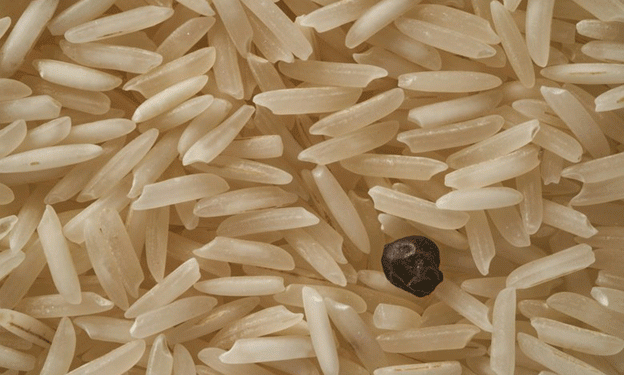In an exciting development for both agriculture and global health, scientists from the International Rice Research Institute (IRRI), in collaboration with researchers from the U.S., Germany, and Bulgaria, have engineered a new rice variety that may help lower the risk of developing type 2 diabetes. Published in the Proceedings of the National Academy of Sciences (PNAS), the study reveals how this new rice type has a significantly lower glycemic index (GI) and higher protein content, making it a healthier alternative to conventional rice varieties.
The Science Behind the Innovation
Type 2 diabetes, a condition where the body’s cells become resistant to insulin due to excess glucose in the blood, is a growing global health issue, particularly in regions where rice is a staple food. To combat this, the IRRI scientists examined over 380 rice seed samples from their extensive gene bank. By identifying specific genes and markers associated with lower glycemic index and higher protein content, the researchers were able to breed new inbred rice lines that provide healthier nutrition options.
The glycemic index measures how quickly carbohydrates in foods raise blood sugar levels. Foods with a lower GI, like this new rice variety, release glucose more slowly, which helps to maintain stable blood sugar levels. This characteristic is especially important for populations at risk of developing type 2 diabetes, offering a preventive dietary option that can be integrated into everyday meals.
A Global Opportunity for Farmers
Although this rice variety has not yet been cultivated outside IRRI’s labs, the researchers have plans to initiate large-scale production trials in India and the Philippines. These countries are ideal starting points due to their heavy reliance on rice as a dietary staple and the increasing incidence of type 2 diabetes within their populations. This initiative aligns with IRRI’s broader mission to reduce poverty and hunger by improving crop varieties and making them accessible to low-income regions.
For rice farmers, this new variety presents an opportunity to grow a high-value, health-conscious crop that could tap into new market segments. The global trend toward healthier food options, especially in combating lifestyle-related diseases like diabetes, is driving demand for functional foods that not only satisfy hunger but also offer health benefits. As this new rice variety moves closer to commercial cultivation, it could provide farmers with a competitive edge in both domestic and export markets, especially as consumers become more aware of the importance of glycemic control in their diets.
Challenges and Future Prospects
While this innovation holds great promise, there are several steps before it reaches widespread agricultural production. Field trials will need to confirm the rice’s growth performance in various climates and soil conditions, particularly in areas of India and the Philippines. Additionally, further research is required to ensure that the lower glycemic index and higher protein content can be consistently replicated in large-scale farming operations without compromising yield or quality.
If successful, this rice variety could set a new standard in functional foods, providing a healthier alternative to traditional rice varieties and potentially improving the overall health of populations that rely on rice as a staple.
The creation of a low-glycemic rice variety is a significant step forward in addressing both agricultural and health challenges. For farmers, it offers a unique opportunity to cultivate a crop that meets growing consumer demand for health-conscious products. For the global community, it represents a proactive approach to reducing the risk of type 2 diabetes, especially in rice-dependent regions.
Error




